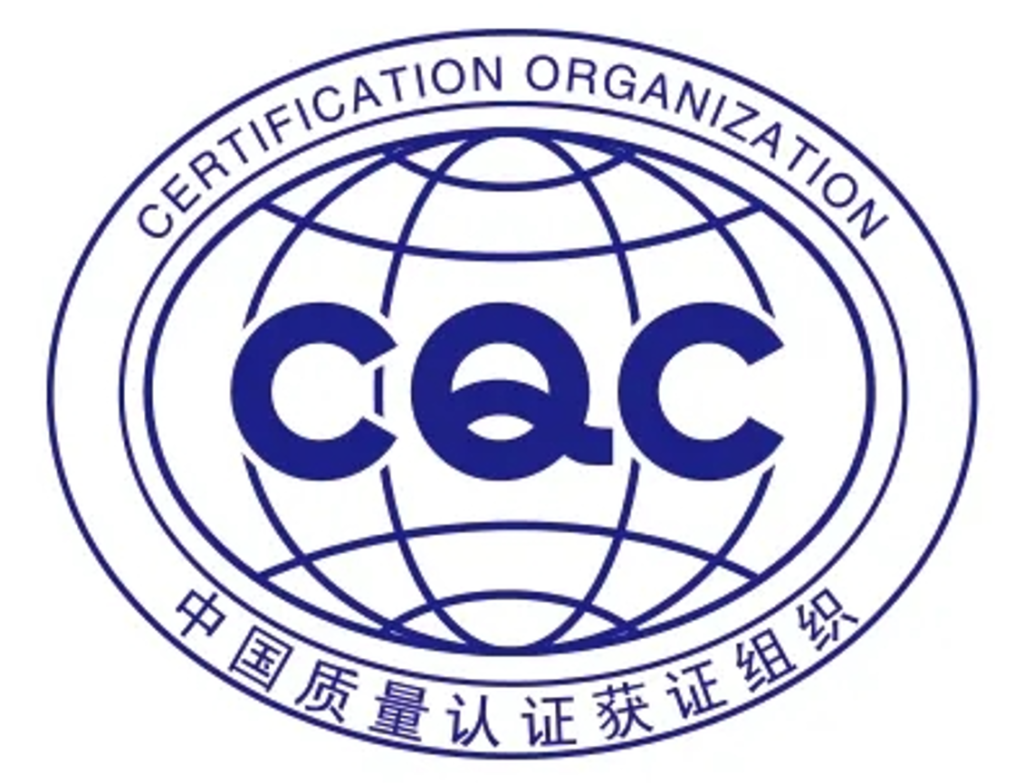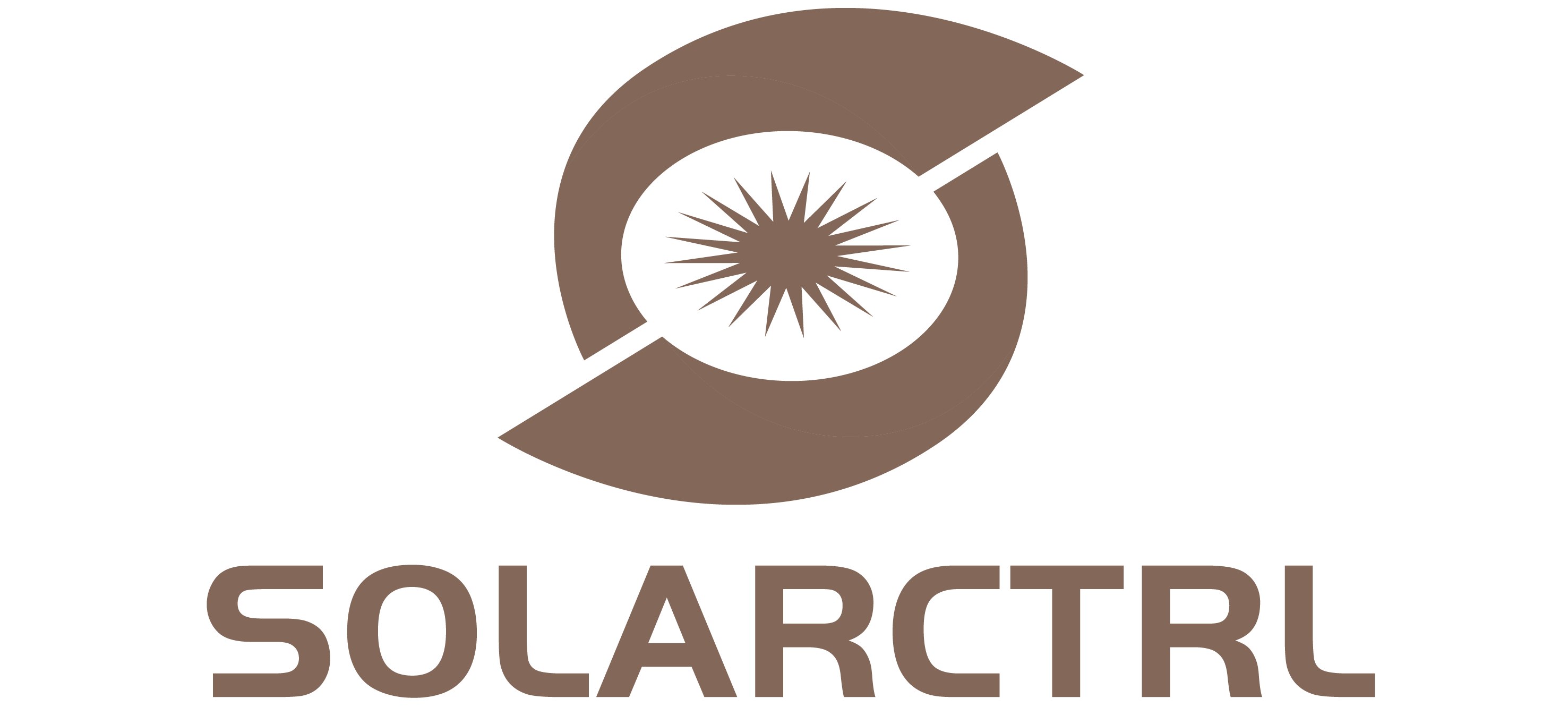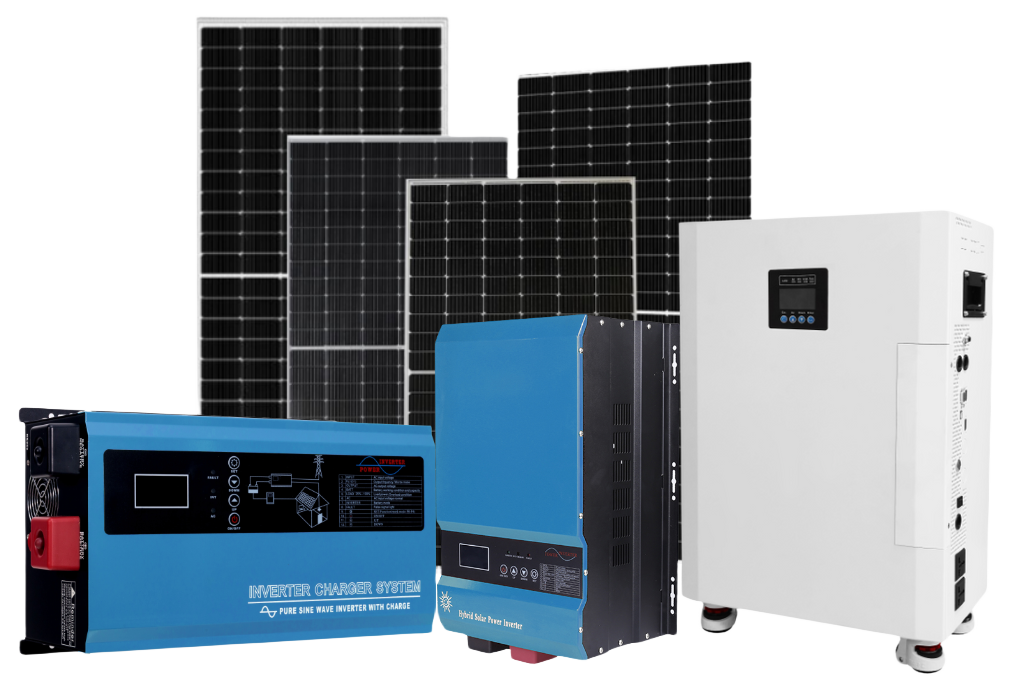Introduction
The solar energy industry has witnessed a remarkable evolution over the past few decades, with solar panels becoming a cornerstone of renewable energy solutions worldwide.
The journey of solar panels, from their manufacturing stages through to reaching the consumer market, encompasses a myriad of processes, each contributing to the final cost of the product.
This article delves into the comprehensive cost breakdown of solar panels, exploring the various facets of manufacturing costs, marketing and distribution expenses, regulatory and compliance obligations, and the pivotal market factors that influence pricing.
Understanding these elements is crucial for stakeholders in the solar energy sector, aiming to navigate the complexities of the market effectively.
Part 1: Manufacturing Costs
The process of manufacturing solar panels is intricate and involves significant costs, primarily driven by the raw materials used, the production process, and additional components necessary for panel assembly.
1.1 Raw Materials
Silicon
Silicon, the backbone of most solar cells, undergoes an extensive purification process to reach the semiconductor grade needed for photovoltaic (PV) applications. This involves converting raw quartz into highly purified polysilicon, which is then melted and crystallized into ingots. These ingots are sliced into thin wafers, polished, and prepared for cell manufacturing.
The energy-intensive nature of these processes, along with the high purity requirements, makes silicon a significant cost factor in solar panel production.
Metals
Silver is used in the front contacts of solar cells due to its excellent electrical conductivity, which enhances the panel’s efficiency. However, the high cost of silver contributes significantly to the overall expense.
Aluminum, used for the panel’s frame, offers structural integrity and resistance to the elements, contributing to the panel’s longevity and durability.
The fluctuating prices of these metals in the global market can directly impact manufacturing costs.
Glass and Backsheet
The glass front protects the solar cells from environmental factors while allowing sunlight to pass through efficiently.
The backsheet, made of durable polymers, seals the panel, providing insulation and protection against moisture and mechanical damage.
These components are crucial for the structural integrity and performance of the panel over its operational lifespan.

1.2 Production Process
Cell Production
The transformation of silicon wafers into functional solar cells involves a series of sophisticated processes.
Doping the silicon with specific materials creates the necessary electrical fields within the cell. Metal contacts are then printed onto each cell to allow for the collection and flow of electrons.
This stage requires precise control and high-quality materials to ensure the efficiency and reliability of the resulting solar cells.
Panel Assembly
Once the cells are produced, they are assembled into panels.
This involves placing a series of cells in a predetermined arrangement, connecting them electrically, and laminating them between the glass front and the protective backsheet. The aluminum frame is then added to provide structural strength.
The assembly process requires precision and quality control to ensure that the finished product meets performance and safety standards.
1.3 Labor and Overhead
The cost of labor for operating the machinery involved in the production process, assembling the panels, and performing quality checks contributes significantly to the manufacturing costs.
Additionally, overhead expenses such as the maintenance of the manufacturing facility, utility costs, and administrative expenses play a crucial role.
Efficient management and automation can help reduce these costs, but they remain a significant component of the overall manufacturing expense.

Part 2: Marketing and Distribution Costs
Once manufactured, solar panels embark on a journey towards the end-users, incurring various costs along the way. These expenses are crucial for bringing the product to market and ensuring it reaches the consumers efficiently.
2.1 Transportation and Logistics
Global Shipping Dynamic
The logistics involved in shipping solar panels globally are intricate. Factors such as international shipping routes, customs regulations, and the need for specialized handling due to the fragile nature of solar panels play significant roles.
Furthermore, the choice between sea freight and air freight impacts the cost and carbon footprint of transportation.
Regional Distribution Networks
Once in the destination country, a network of regional distributors and warehouses takes over. This layer ensures that panels are stored safely and are readily available to meet local demand.
The cost here is influenced by real estate prices, warehouse management systems, and regional transportation to final retail or installation sites.
2.2 Marketing and Sales
Digital Marketing Strategies
In today’s digital age, a substantial portion of the marketing budget is allocated towards online platforms. This includes search engine optimization (SEO), social media campaigns, and targeted ads.
These strategies are pivotal in creating awareness and generating leads in a competitive market.
Partnerships and B2B Marketing
Establishing partnerships with installers, contractors, and energy consultants is a vital marketing approach.
These partnerships often require training programs, co-marketing efforts, and volume discounts, which are investment areas designed to increase sales channels and market penetration.
Customer Education and Engagement
Educating potential customers about the benefits of solar energy, the durability of panels, and the return on investment involves creating comprehensive guides, interactive tools, and customer support.
This engagement is crucial for building trust and facilitating the decision-making process for end-users.

Part 3: Regulatory and Compliance Costs
Understanding the regulatory and compliance costs associated with solar panel production and distribution is crucial for manufacturers, distributors, and consumers alike. These costs can significantly affect the overall price of solar panels and impact their market competitiveness.
3.1 Certifications
Certifications are pivotal in ensuring that solar panels meet international standards for safety, performance, and quality. Obtaining these certifications involves rigorous testing and inspection processes, which can be costly. For instance:
- International Electrotechnical Commission (IEC) Standards: Compliance with IEC standards is often mandatory for solar panels to be sold in many markets. The IEC provides specific standards for photovoltaic (PV) systems to ensure they are safe and effective.
- Underwriters Laboratories (UL) Certification: In the United States, UL certification is a widely recognized mark of safety and reliability. Achieving UL certification can be a significant expense for manufacturers but is essential for market entry.
- ISO Certifications: The International Organization for Standardization (ISO) offers various certifications, including those for environmental management systems (ISO 14001) and quality management systems (ISO 9001). These certifications not only add to the credibility of the solar panels but also involve costs for audits and ongoing compliance.
The process of obtaining and maintaining these certifications necessitates a continuous investment in quality control and product development, adding to the overall cost structure of solar panels.
3.2 Tariffs and Taxes
The international trade landscape significantly influences the cost of solar panels. Tariffs, import duties, and taxes can either protect local manufacturers or make imported solar panels more expensive. For example:
- Import Tariffs: Many countries impose tariffs on imported solar panels to protect domestic industries from foreign competition. These tariffs can significantly increase the cost for consumers in the importing country.
- Value-Added Tax (VAT) and Sales Taxes: Depending on the jurisdiction, solar panels may be subject to VAT or sales taxes, which directly affect their final retail price.
- Trade Agreements: Bilateral or multilateral trade agreements can reduce or eliminate tariffs on solar panels, promoting cross-border trade. Manufacturers and distributors must navigate these agreements to optimize their cost structures.
3.3 Compliance with Local Regulations
In addition to international certifications and trade-related costs, solar panel manufacturers and distributors must comply with local regulations, which can vary significantly from one region to another. This includes:
- Building and Electrical Codes: Compliance with local building and electrical codes is essential for installation approval. This may require specific design adaptations or additional testing.
- Environmental Regulations: In some markets, there are stringent environmental regulations regarding the manufacture, installation, and disposal of solar panels. Compliance with these regulations can incur additional costs.

Part 4: Market Factors
The impact of market factors on the cost of solar panels is nuanced, influenced by supply and demand dynamics, technological advancements, and the competitive landscape. These elements collectively dictate the pricing strategies of manufacturers and ultimately the affordability of solar technology for consumers.
4.1 Supply and Demand Dynamics
The solar panel market operates on the fundamental economic principles of supply and demand. Several factors can cause fluctuations:
- Global Production Trends: Shifts in global production capacity, such as increased output due to technological improvements or decreased production due to material shortages, can significantly impact supply levels and thus pricing.
- Government Policies and Incentives: National and international policies promoting solar energy adoption can spur demand, potentially outpacing supply and driving up prices. Conversely, the reduction or elimination of these incentives can dampen demand and lead to oversupply, reducing prices.
- Market Entry and Exit: The entrance of new manufacturers increases supply and can lead to competitive pricing, while the exit of companies from the market reduces supply, potentially increasing prices.
4.2 Technological Advancements
Innovation plays a pivotal role in shaping the solar panel market. Advancements in photovoltaic (PV) technology not only enhance the efficiency and performance of solar panels but also influence their cost:
- Efficiency Improvements: Breakthroughs that increase the conversion efficiency of solar panels can reduce the number of panels needed to generate a given amount of power, affecting overall system costs.
- Manufacturing Innovations: New manufacturing techniques that streamline production processes or utilize less expensive materials can lower the cost of solar panels, making solar energy more accessible.
- Emerging Technologies: The development of new solar technologies, such as perovskite solar cells or bifacial solar panels, offers the potential for lower costs and higher efficiencies, which could disrupt the market and alter pricing dynamics.

4.3 Competition
The solar panel market is highly competitive, with numerous manufacturers vying for market share. This competition is a double-edged sword for pricing:
- Price Wars: Intense competition can lead to price wars, where manufacturers lower prices to attract customers, potentially reducing profit margins but increasing market penetration.
- Innovation and Differentiation: Companies may invest in research and development to innovate and differentiate their products, offering higher efficiency, better durability, or additional features. While this can increase costs, it also allows for premium pricing and can attract a segment of the market willing to pay more for superior products.
- Global Market Influence: The global nature of the solar panel market means that manufacturers are not only competing locally but also with international firms. International competition can introduce price volatility, especially in regions heavily dependent on imported solar panels.
Conclusion
Navigating the intricacies of the solar panel market requires a keen understanding of the various cost factors detailed in this article.
At SolarCtrl, we are committed to leveraging these insights to offer our customers cost-effective, high-quality solar solutions. By optimizing our manufacturing processes, streamlining our distribution networks, adhering to regulatory standards, and staying ahead of market trends, we strive to make solar energy accessible and affordable.
Join us in our journey towards a sustainable future. Explore our range of solar products and take the next step in harnessing the power of the sun. Contact SolarCtrl today and let us guide you through the benefits of solar energy with our expert advice and comprehensive support.
























2 Responses
Hi Debby,
This is paul kang and we like to put assable plant of solar pannels in Sri Lanka , required all the equipments and parts
Thank you for the information in the cost breakdown. What I’m looking for is the manufacturing cost for a single panel. I’m a high school chemistry teacher and some of my students asked about the single cost. I’m hoping you can give me the answer.
Thank you,
Wessner